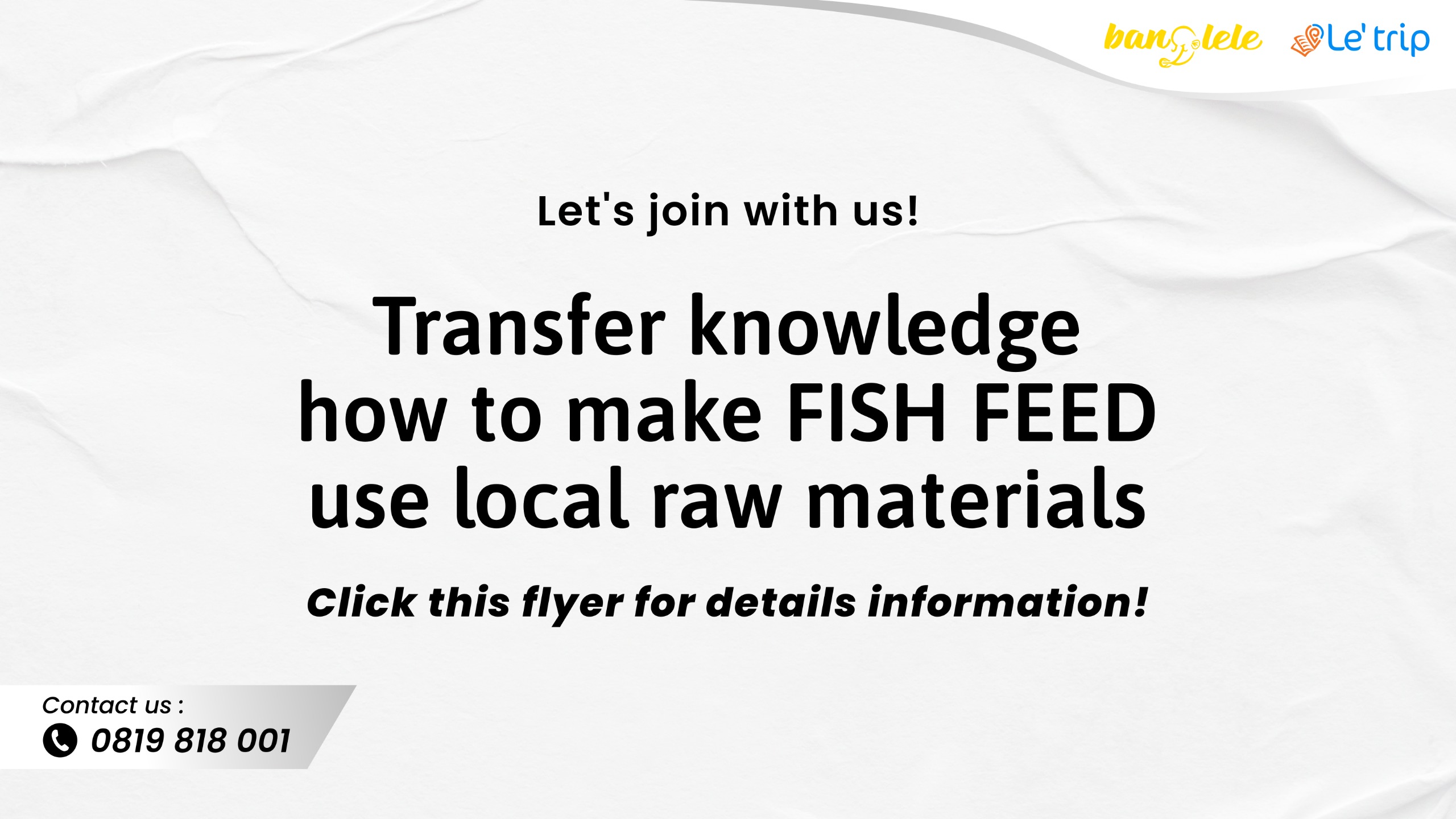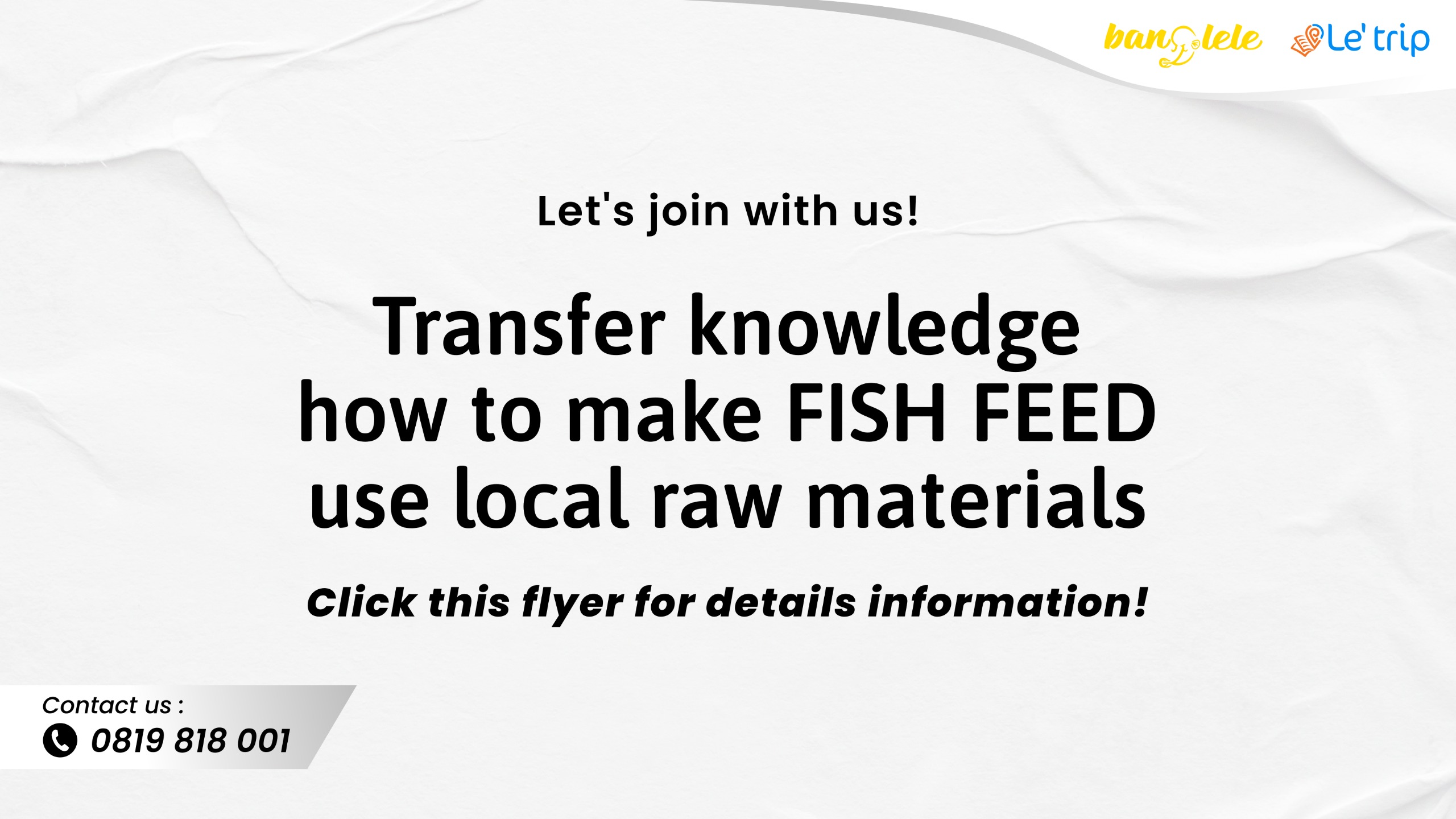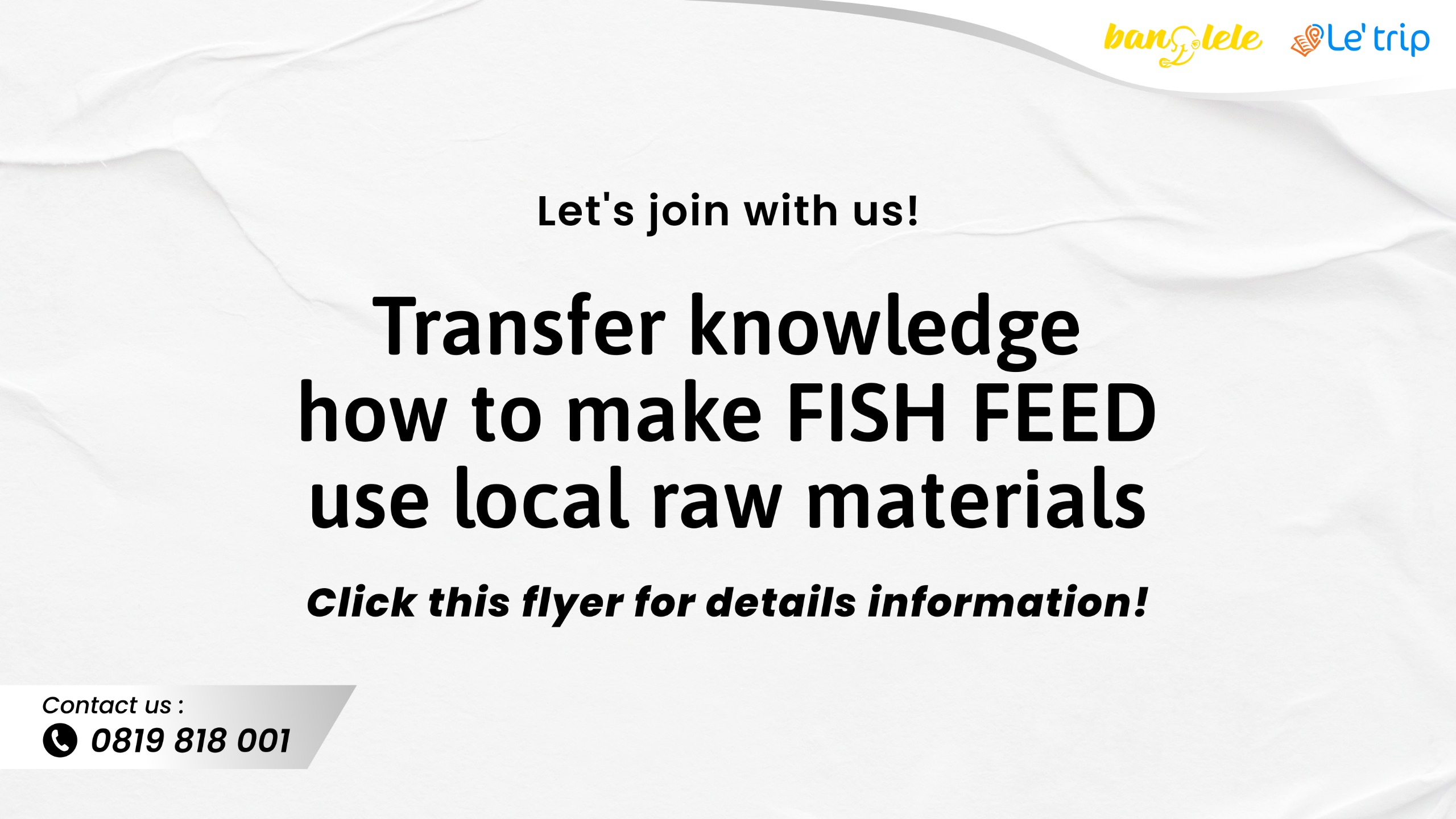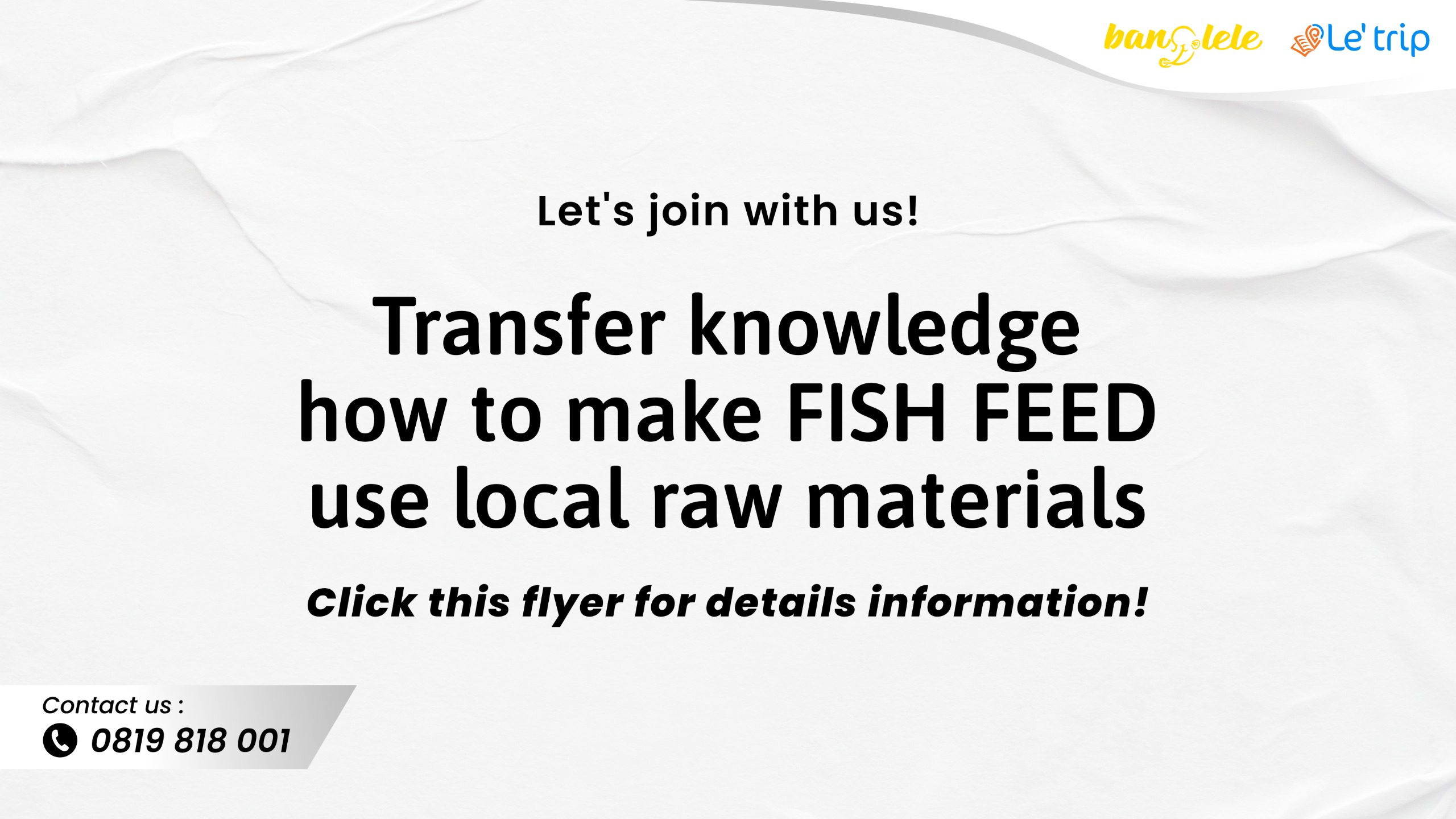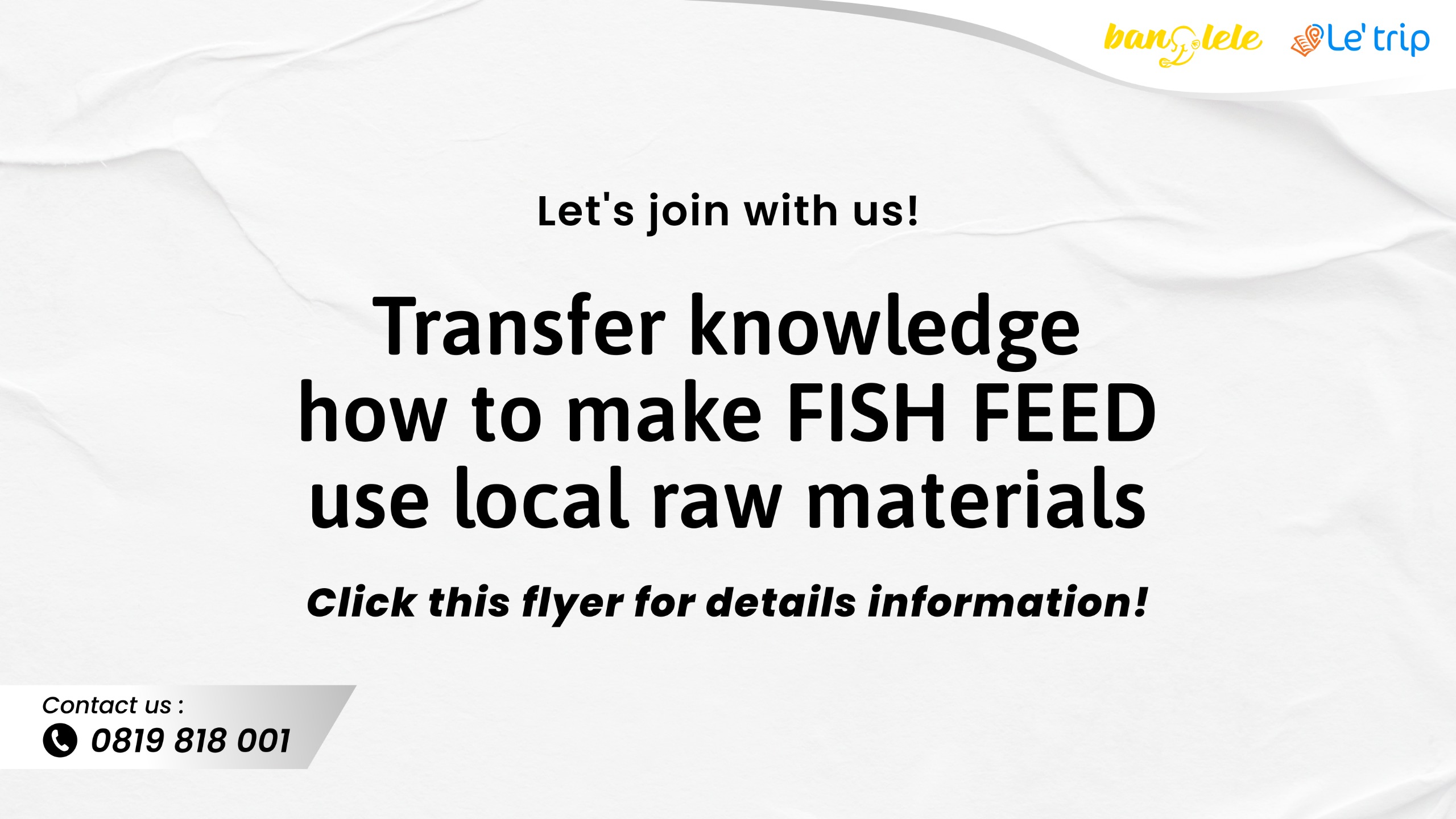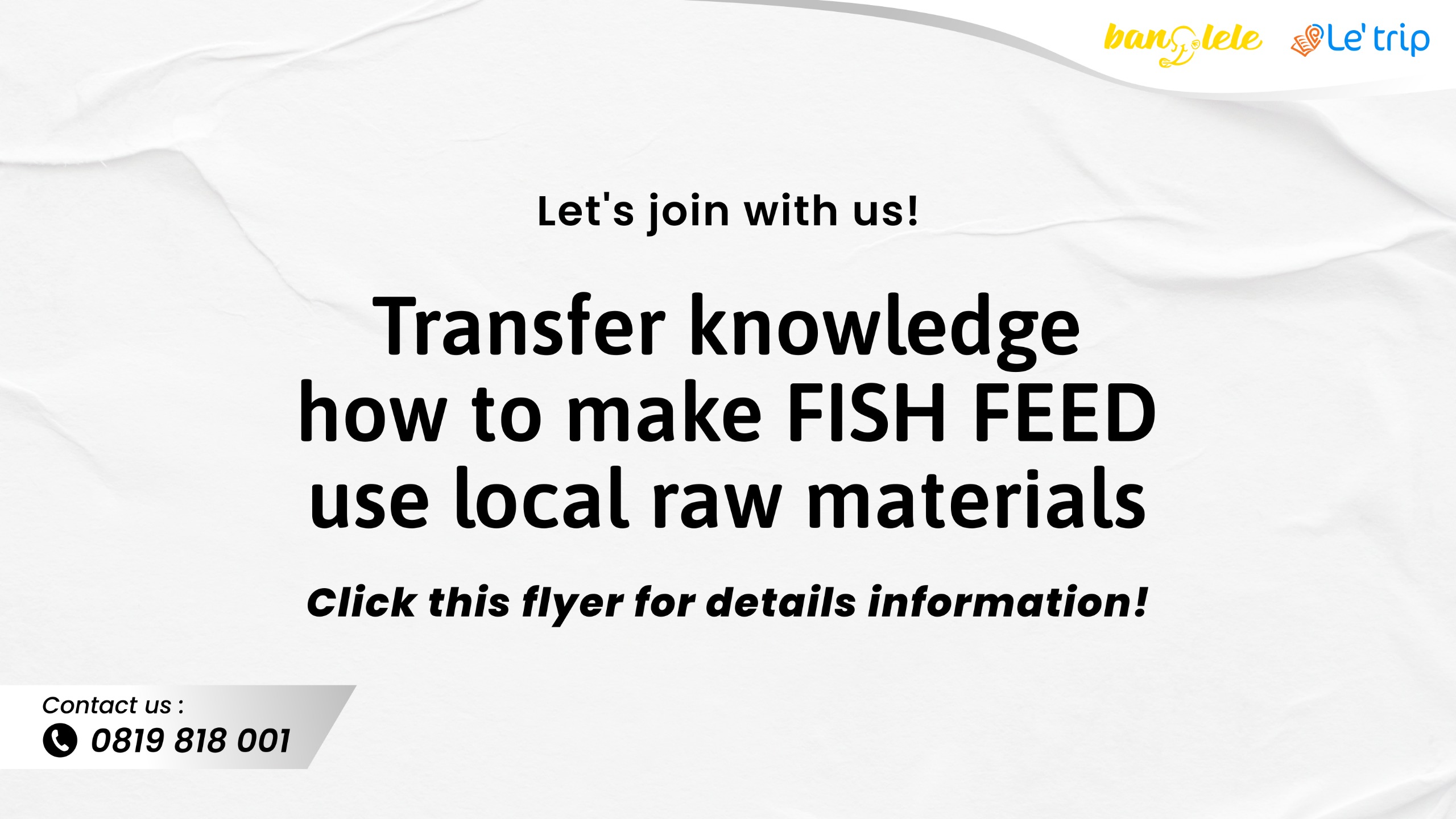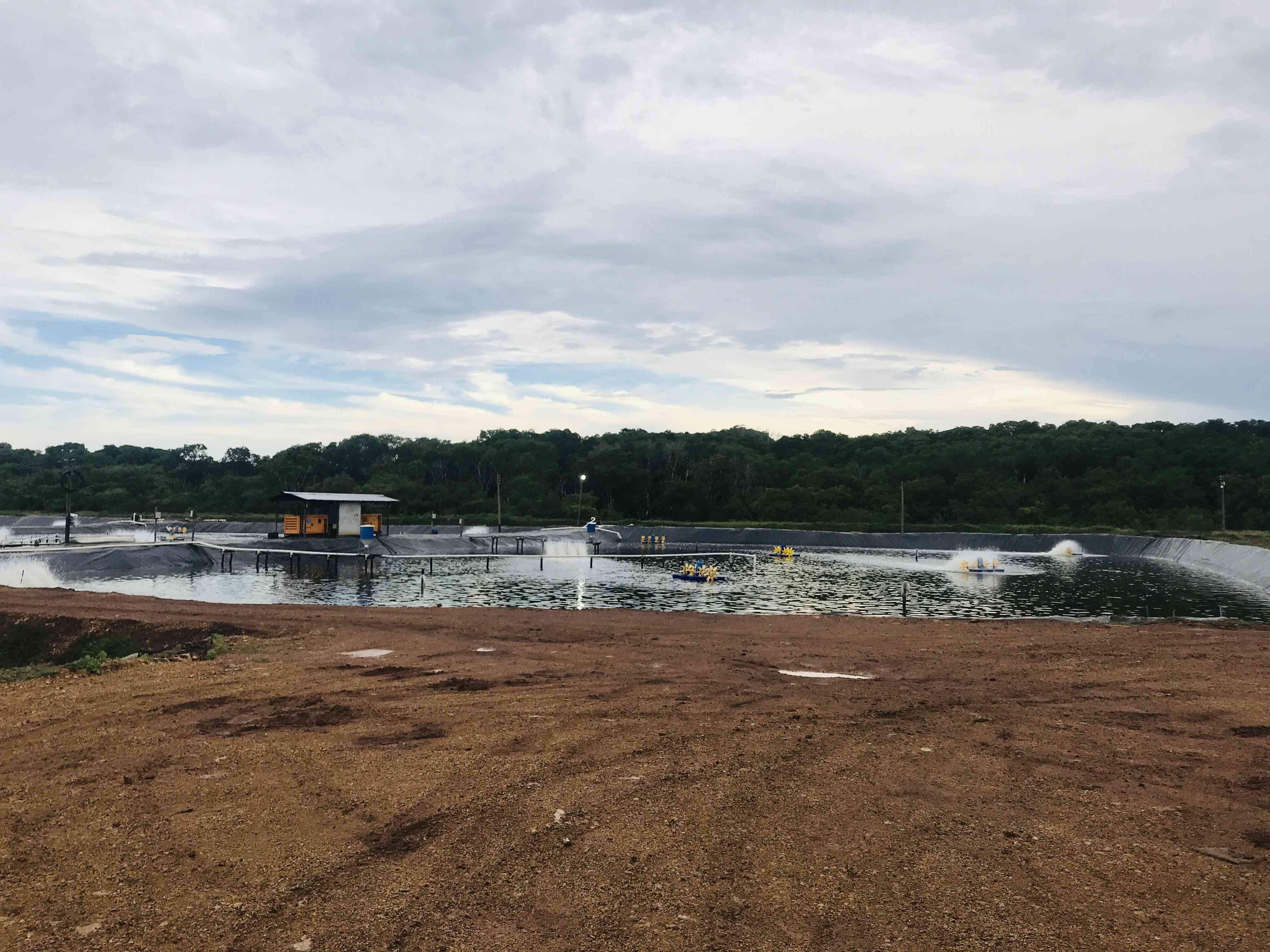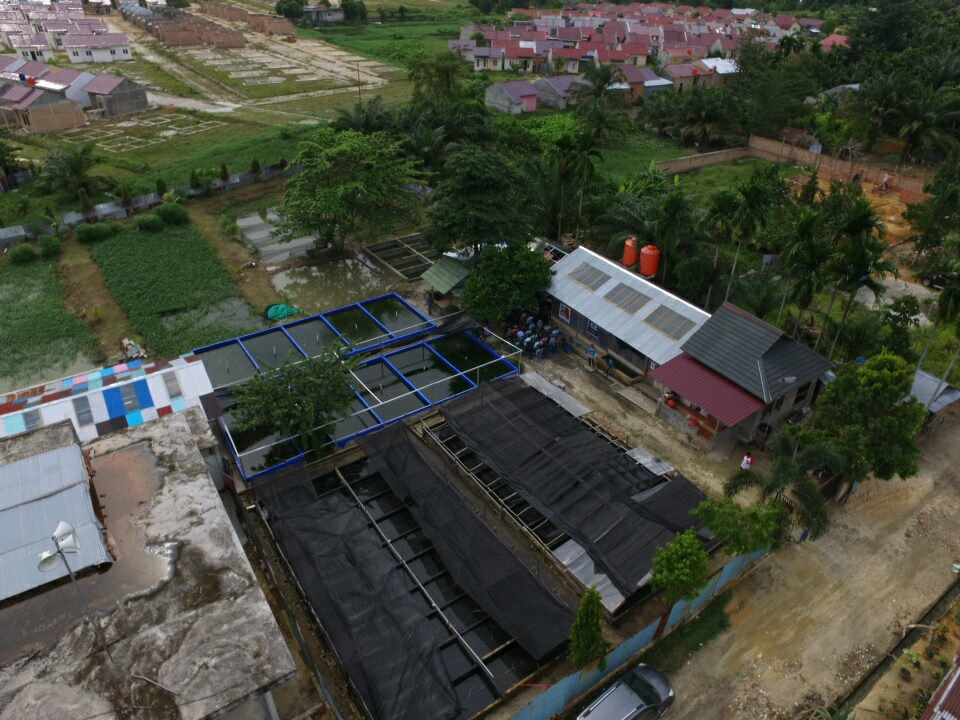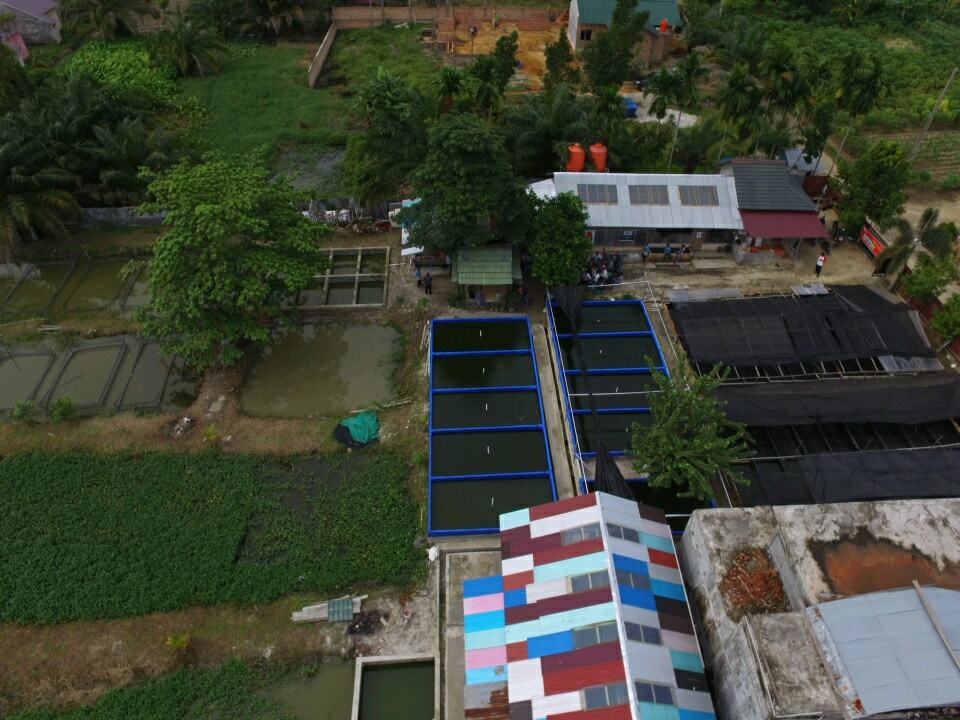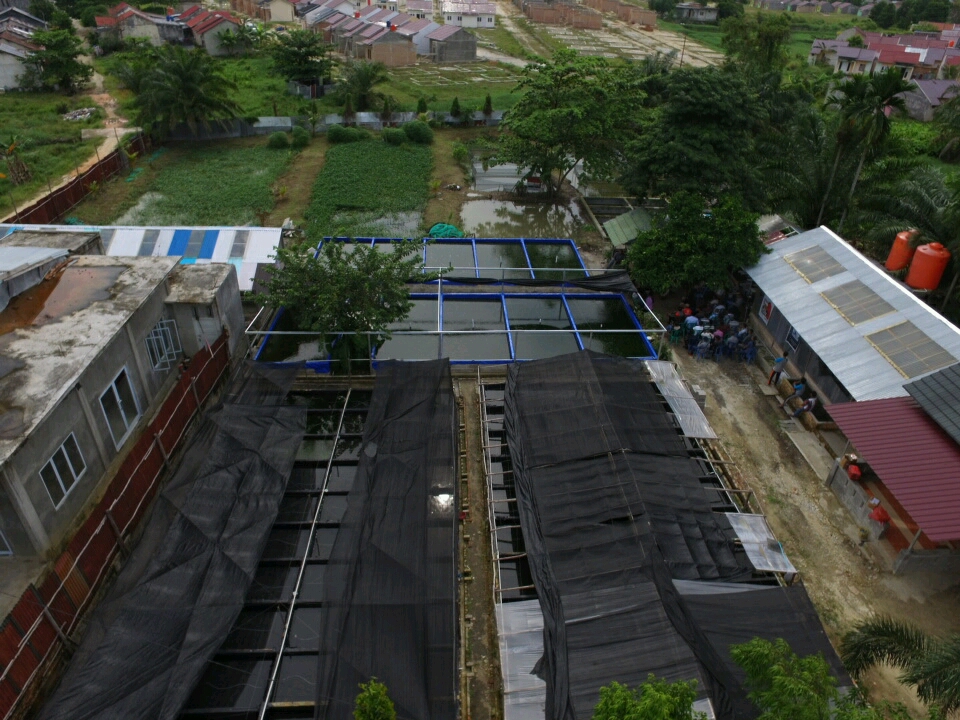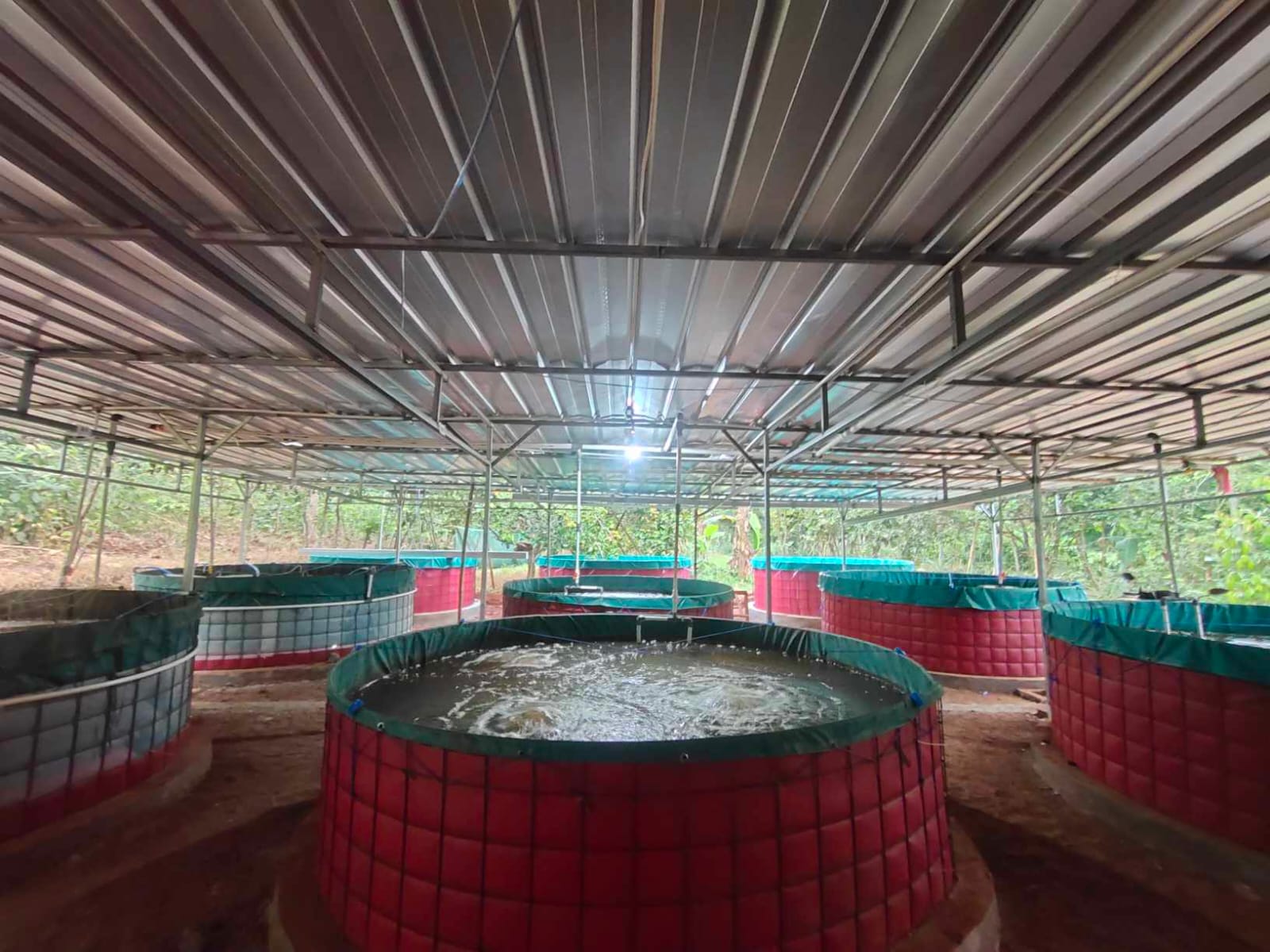Vannamei shrimp (Litopenaeus vannamei) farming has become a cornerstone of Indonesia's aquaculture industry, thanks to its high productivity, adaptability to various environmental conditions, and steadily growing global demand. According to data from the Ministry of Marine Affairs and Fisheries (KKP), Indonesia's vannamei shrimp production reached over 1.1 million tons in 2024, cementing its status as a leading export commodity in the fisheries sector. However, behind these promising figures lie significant challenges in ensuring the sustainability and efficiency of production—particularly in relation to water quality, disease control, and optimal shrimp growth.
One of the key strategies increasingly adopted by shrimp farmers to address these challenges is the use of additives throughout the cultivation process. In the context of vannamei shrimp farming, additives refer to specific substances added to either the rearing water or feed with targeted purposes—such as improving water quality, enhancing shrimp immunity, accelerating growth, or increasing feed efficiency. These additives are applied at various stages, from initial pond preparation to harvest. For example, early-stage treatments like water sterilization using chlorine aim to eliminate harmful microorganisms and prevent the entry of disease-causing agents.
Due to their wide-ranging benefits, the use of additives has become a standard practice in both intensive and semi-intensive shrimp farming systems. Nevertheless, their application must be carefully managed, based on a sound understanding of the biological needs of the shrimp and the specific conditions of the aquaculture environment. Improper or excessive use of additives can lead to unintended consequences, such as water pollution, microbial resistance, and ecological imbalances within the pond ecosystem.
This article will provide a comprehensive overview of the role and types of additives used in vannamei shrimp farming, covering the entire production cycle—from water preparation to the ongoing management of water quality.
Additives in the preparation of shrimp cultivation media
One of the most critical initial steps in vannamei shrimp aquaculture is the preparation of the aquatic environment that will serve as the habitat for post-larvae during the grow-out period. This preparation phase typically spans one to two weeks and forms the foundation for the success of the cultivation process. The main objective is to establish a clean, safe, and stable aquatic environment that supports healthy growth and development of the shrimp. Inadequately prepared water can lead to serious issues such as disease outbreaks, poor water quality fluctuations, and high mortality rates during the early stages of cultivation.
Vannamei shrimp ponds are generally constructed with a depth exceeding 150 cm to ensure thermal stability and reduce the risk of abrupt environmental changes. These ponds are equipped with inlet systems fitted with fine mesh filters designed to remove suspended solids, fine sediments, and potentially harmful organisms that may carry diseases. This filtration step serves as an essential component of the biosecurity system implemented in intensive farming systems.
Following filtration, the incoming seawater undergoes sterilization using chemical additives—chlorine being among the most commonly employed. A typical dosage involves using 20–30 mg of 60% chlorine per liter of water. Studies have demonstrated that at this concentration, chlorine is effective in eliminating pathogenic microorganisms such as Vibrio spp., thereby significantly reducing the risk of early infections in shrimp post-larvae.
The exact dosage of chlorine may be adjusted depending on the initial quality of the seawater. If the water source originates from a relatively unpolluted area—far from industrial activity and domestic waste—chlorine levels may be reduced to minimize the accumulation of residual chemicals. However, in coastal areas with dense populations or near river estuaries, higher chlorine dosages are typically required, based on the results of biological and chemical water quality assessments. Research has shown that chlorine-based sterilization can reduce total bacterial populations by up to 90% within 24 hours.
Formation of natural feed in shrimp aquaculture
Following the completion of the sterilization phase, the next critical step in shrimp pond preparation is the development of natural feed within the pond ecosystem. Natural feed serves a dual purpose: it acts as an initial food source for shrimp post-larvae (benur) and provides a natural protective layer that mitigates excessive sunlight penetration, thereby stabilizing water temperature and minimizing thermal fluctuations.
To support the formation of this natural feed, a variety of additives are introduced into the water, including probiotics, phytoplankton stabilizers, mineral supplements, and water-coloring agents. These substances are dissolved in water and distributed evenly throughout the pond to stimulate the growth of a healthy and balanced aquatic environment.
1. Probiotics
Prior to feeding, the shrimp diet is fortified with targeted probiotic strains: DJPb Takalar
Probiotics are among the most vital additives in the cultivation of Pacific white shrimp (Litopenaeus vannamei). Their primary function is to enhance and maintain the stability of the aquatic environment. Typically applied during the water preparation stage, probiotics are used at a standard dosage of approximately 0.1 mg/L, though the exact amount may vary depending on the specific product and its composition.
Probiotic formulations often contain beneficial bacteria such as Bacillus subtilis, Nitrosomonas, and Nitrobacter. These microorganisms play a key role in decomposing accumulated organic matter originating from uneaten feed, shrimp waste, and other detritus. This decomposition process is essential in preventing the build-up of toxic compounds such as ammonia (NH₃), nitrite (NO₂⁻), and hydrogen sulfide (H₂S), which can adversely affect shrimp respiratory function and lead to stress or mortality.
Regular application of probiotics has been shown to significantly reduce ammonia concentrations—by as much as 65%—in intensive aquaculture systems.
In addition to breaking down organic waste, probiotics also contribute to the ecological balance of the pond by supporting the growth of phytoplankton. These autotrophic organisms function as primary producers in the pond's food web and are critical for oxygen production and nutrient cycling, ultimately promoting a more resilient and self-sustaining aquaculture environment.
2. Phytoplankton stabilizers and nitrification in shrimp aquaculture
The use of phytoplankton stabilizers plays a vital role during the initial stages of vannamei shrimp cultivation. These additives are designed to stabilize the biological and chemical properties of the aquatic environment. Typically applied in three separate doses at a concentration of 1 mg/L, these stabilizers contain essential nutrients that promote the growth of beneficial phytoplankton species, such as Chlorella sp. and Tetraselmis sp.
Phytoplankton contribute significantly to water quality by producing oxygen and absorbing excess inorganic nutrients. Additionally, their presence helps to stabilize water coloration and maintain key environmental parameters—most notably pH (ideally between 7.5 and 8.5) and temperature (ranging from 28°C to 32°C)—within optimal levels for shrimp health and growth.
Beyond their primary ecological functions, phytoplankton also support the nitrification process, a critical component of the nitrogen cycle in aquaculture systems. Nitrification involves the biological conversion of toxic ammonia (NH₃) into nitrite (NO₂⁻), and subsequently into the far less harmful nitrate (NO₃⁻), through the action of specialized nitrifying bacteria. A well-managed aquaculture system can reduce ammonia levels by over 80% through efficient nitrification.
To optimize this process, the inclusion of specific mineral additives is recommended. Key components include Magnesium Chloride (60%), Calcium Chloride (8%), Sodium Bicarbonate (10%), Manganese Chloride (5%), Zinc Sulfate (1.2%), and Calcium Silicate (100%). These minerals support the enzymatic activity and metabolic functions of nitrifying bacteria, such as Nitrosomonas and Nitrobacter. For example, Sodium Bicarbonate acts as a buffering agent to maintain a stable pH conducive to bacterial activity, while magnesium and calcium serve as crucial cofactors in microbial metabolism.
3. Mineral supplements
Mineral supplements play a crucial role in enhancing water alkalinity, maintaining acid-base balance, and supporting the osmoregulation process in shrimp aquaculture. These additives are particularly essential during the molting phase, where minerals such as calcium and magnesium contribute to the formation of a strong exoskeleton (carapace).
Typically, these supplements are applied twice during the pond water preparation phase at a dosage of 1–2 mg/L. In addition to promoting physiological stability in shrimp, they help buffer sudden shifts in water quality parameters, particularly by stabilizing pH levels.
4. Water colorants
Water colorants are used to impart a green hue to pond water, which helps reduce light penetration. This controlled light intensity is vital in preventing stress in shrimp post-larvae (benur) during their initial introduction to the pond environment. Furthermore, water colorants serve as an alternative in cases where phytoplankton populations do not develop optimally.
The grow-out ponds exhibit a deep emerald-green hue: BPSDM KP
These additives are administered twice, with a recommended dosage of 0.02 mg/L. Ideally, water that is ready for shrimp stocking should appear green due to natural algal growth, with a visibility depth (Secchi disk reading) of 30–40 cm.
5. Molasses
Molasses, a by-product of sugarcane processing, serves as an organic carbon source used to improve the carbon-to-nitrogen (C/N) ratio in aquaculture water. This adjustment fosters the activity of beneficial bacteria (probiotics), which decompose organic waste efficiently.
Molasses is typically added daily in quantities proportional to the shrimp's feed intake. However, because molasses can lower water pH, it is necessary to apply dolomite (a naturally occurring mineral) at a dosage of 5–15 mg/L to counteract this effect. Dolomite contains approximately 20% magnesium oxide (MgO) and 30% calcium oxide (CaO), making it highly effective for pH stabilization without leaving harmful residues.
